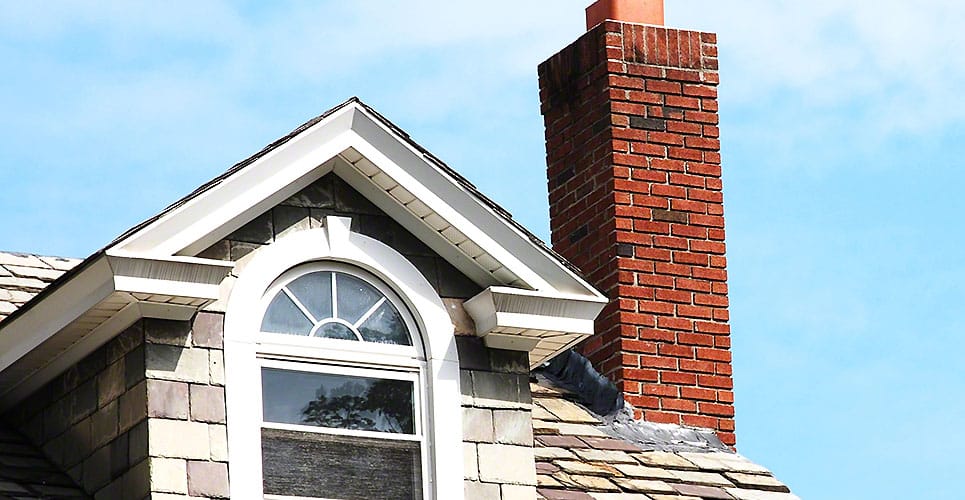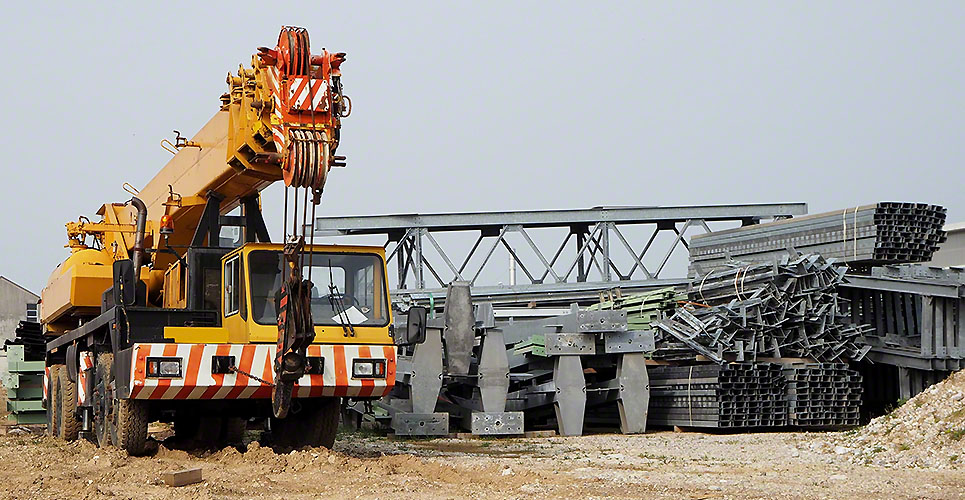Insulating your chimney has a lot of benefits to offer. One of the biggest advantages of insulating a chimney is preventing animals from nesting inside and saving on heating costs. However, the question is how to insulate a chimney. Begin with a chimney inspection.
How To Install Insulation In Your Chimney?
If you don’t have experience working with chimneys, the first thing you need to do when it comes to installing insulation in your chimney is to identify the parts. The part on which will be insulated is the chimney flue. While choosing the insulation, make sure you pick the one that is specifically made to be used with flues. You can read about it in the information provided on the package.
The next thing you need to do is analyze your chimney and flue. Not every flue is the same. While some are straight, yours might have bends and turns. Grab a piece of paper and write down the measurements so that you know how much insulation you are going to need.
Furthermore, you should also consider the existing insulation in your chimney. When the insulation non-existent inside the chimney, you should fill it up with an inch of loose fill product every 4ft of flue length. However, if there is still something inside, you should add a lesser amount.
After calculating the amount of insulation needed, it is time to proceed with the installation. Begin by removing any old installation and then use a blower attachment or hand trowel to push it into place.
Once you are done insulating the chimney, clean up any excess material along with the tools you used for the installation. Furthermore, you should also consult a professional to perform an inspection and give you the go-ahead that everything is fine.
What Are The Benefits Of Insulating Your Chimney?
As mentioned earlier, insulating your chimney has several benefits to offer. To begin with, insulated chimneys are warmer and preserve heat. They are also comparatively safer in preventing fires and other serious situations. And perhaps the most noteworthy benefit is that it protects the chimney from intruders.
During the off-season, rats and other animals tend to take accommodations inside the chimney. During their stay inside the chimney, they can cause a lot of damage and you won’t know until the yearly chimney maintenance arrives. This is why professionals end up repairing air vents and ducts, etc. as these creatures chew on wires and other stuff that could cause trouble.
Common Misconceptions About Insulations
You might have heard people saying that insulation is only beneficial if the house does not have any walls to insulate. The fact is that an average home spends around $2400 yearly on heating and if you tend to live in a region that does not get extremely cold, then you can get your chimney insulated for as little as $500.
One of the biggest misconceptions surrounding insulations is that they help prevent fires from spreading. That is not true. If your chimney does not have insulation installed, the heat will escape through the brick-and-mortar, resulting in heat loss.
What Are The Types Of Insulation?
When it comes to insulating a chimney, there are several different options to choose from. Even though fiberglass tends to be the most popular choice, you have rock wool and cellulose as well. Each type has its advantages and disadvantages. That said, you should try to balance and pick the right option.
For instance, fiberglass is a popular choice as it is both easy to install and affordable. However, the downside is that it is vulnerable to moisture damage. Therefore, you need to make sure it is fully waterproof and sealed.
Meanwhile, cellulose is another good option for homes that are located in cold regions. And finally, rock wool is good for homes that are located in hot climates.
Final Word
Insulating your chimney is important but choosing the perfect type depends on your needs and preferences. If you are not able to make a decision, do not hesitate to consult chimney contractors Columbia MD to inform you which types are available and which ones will be right for your chimney. This discussion is vital to avoid problems later. Better safe than sorry.


